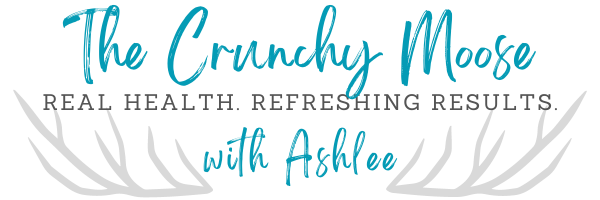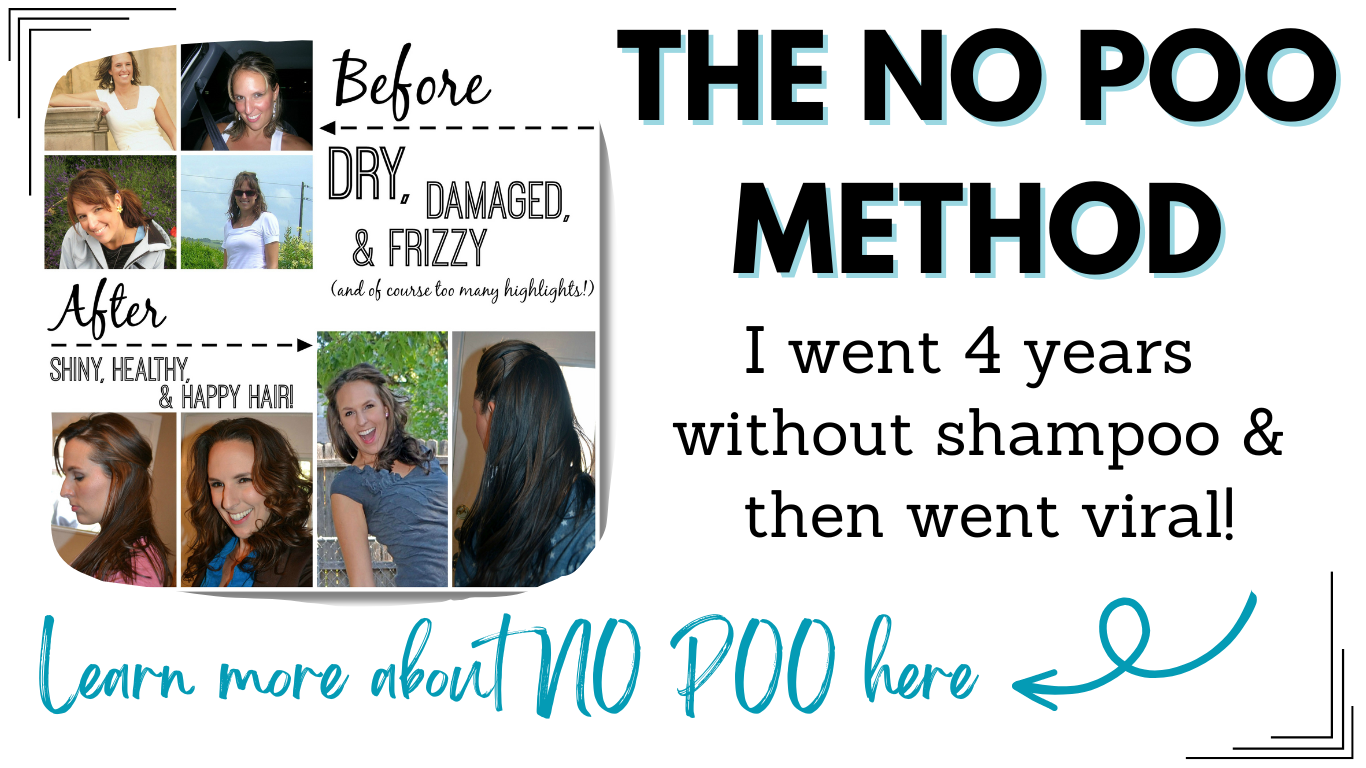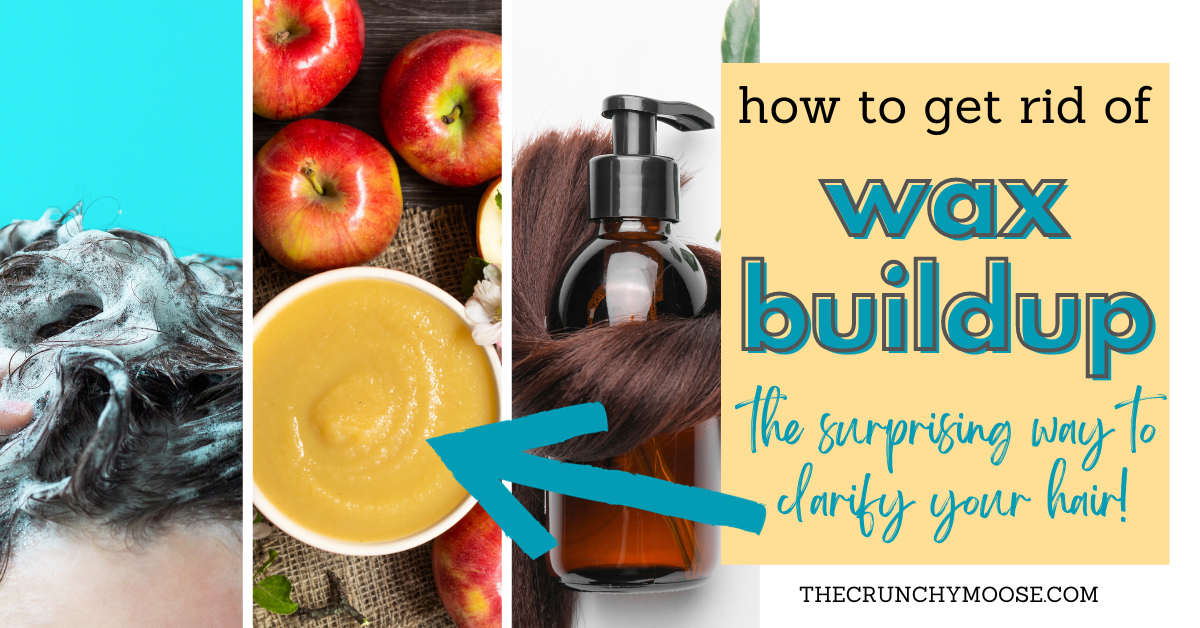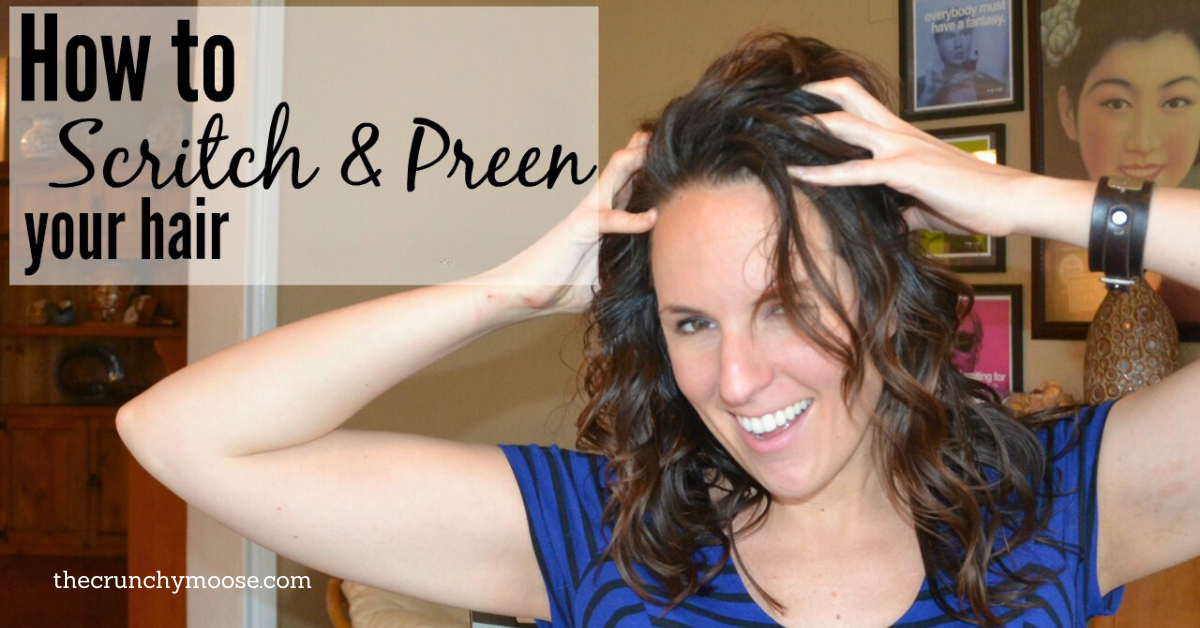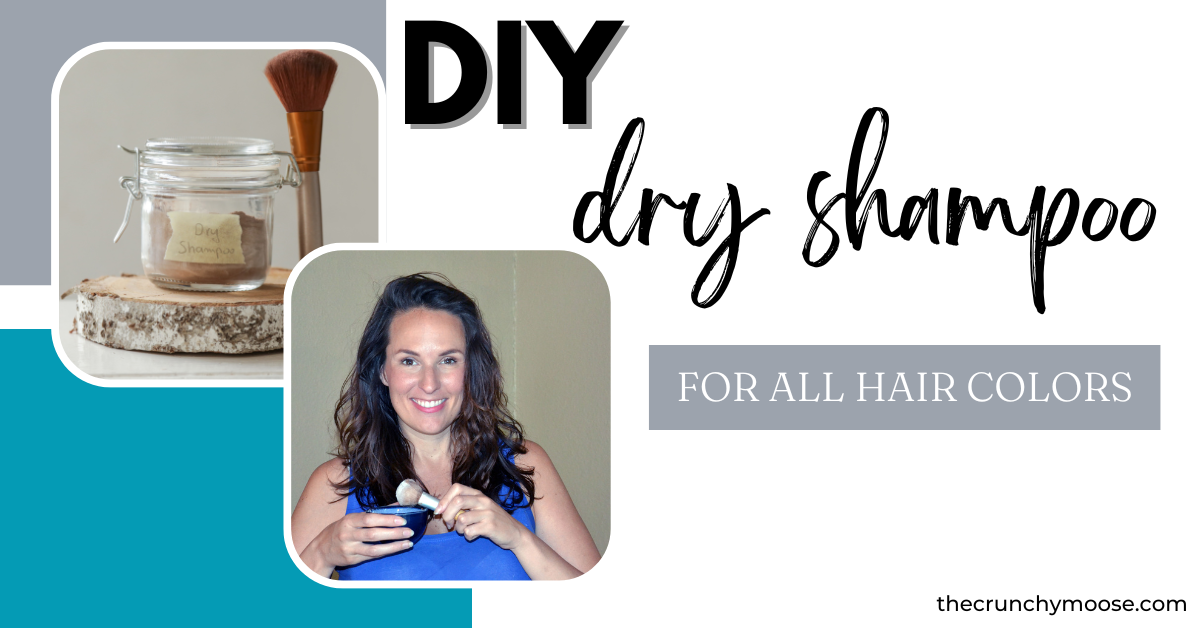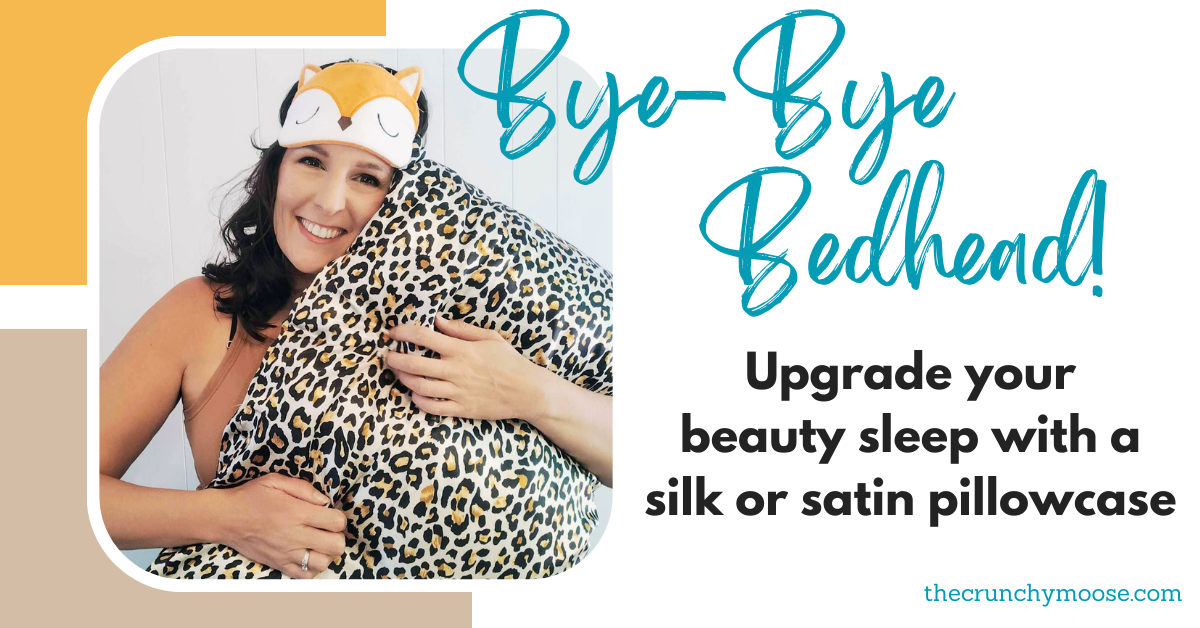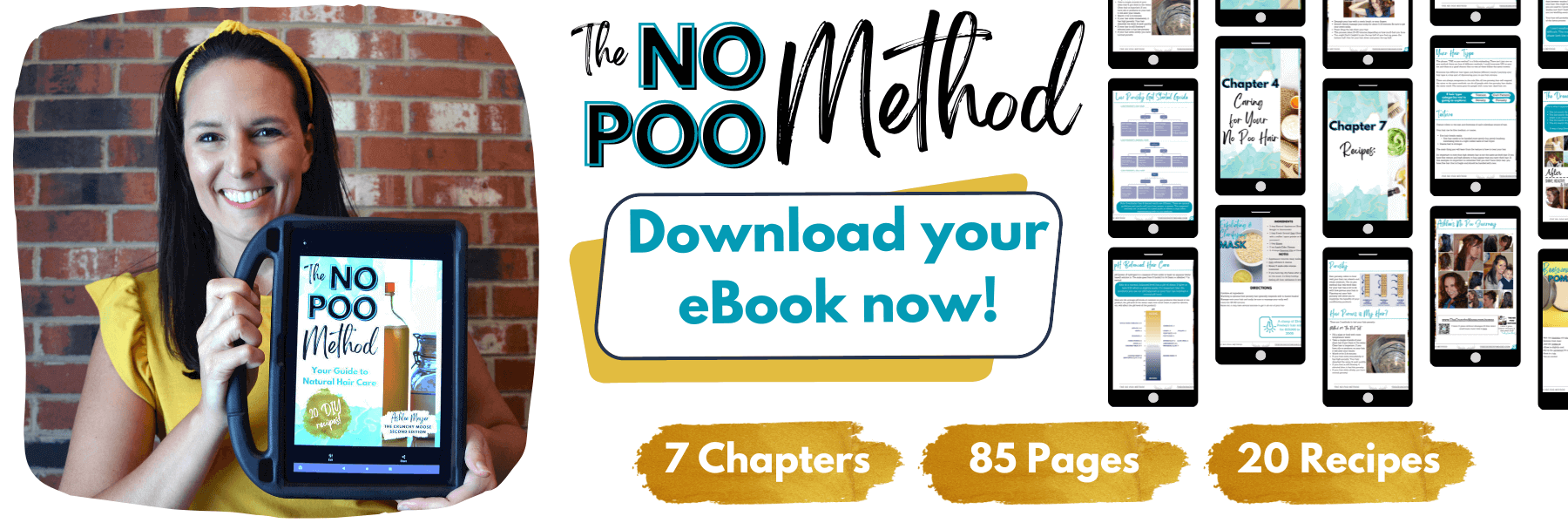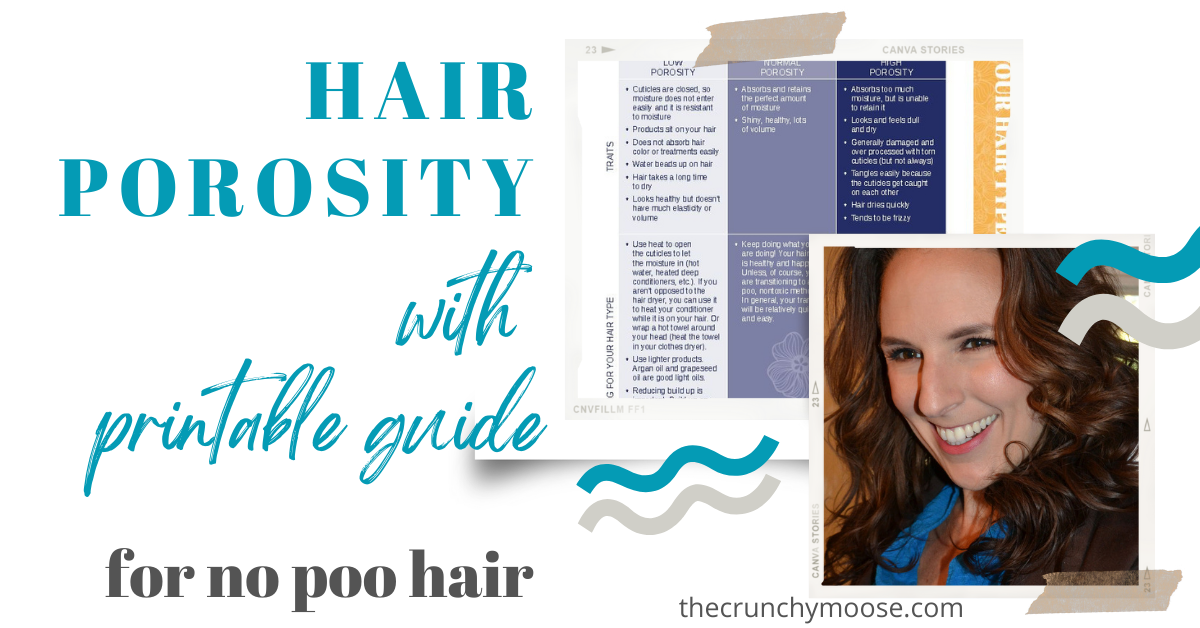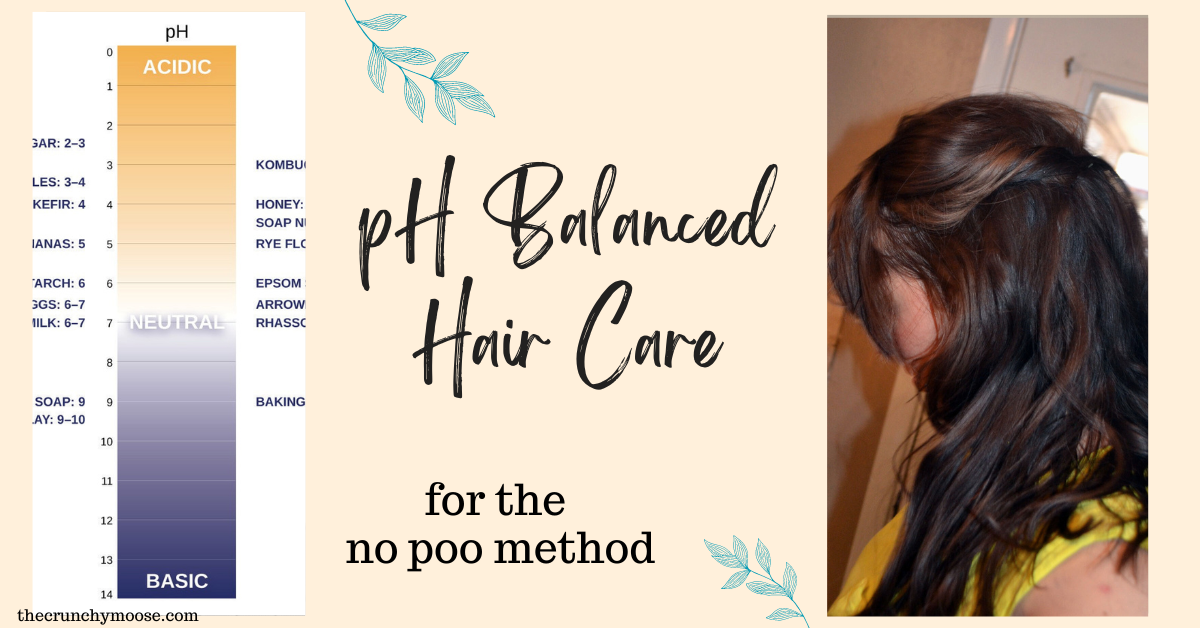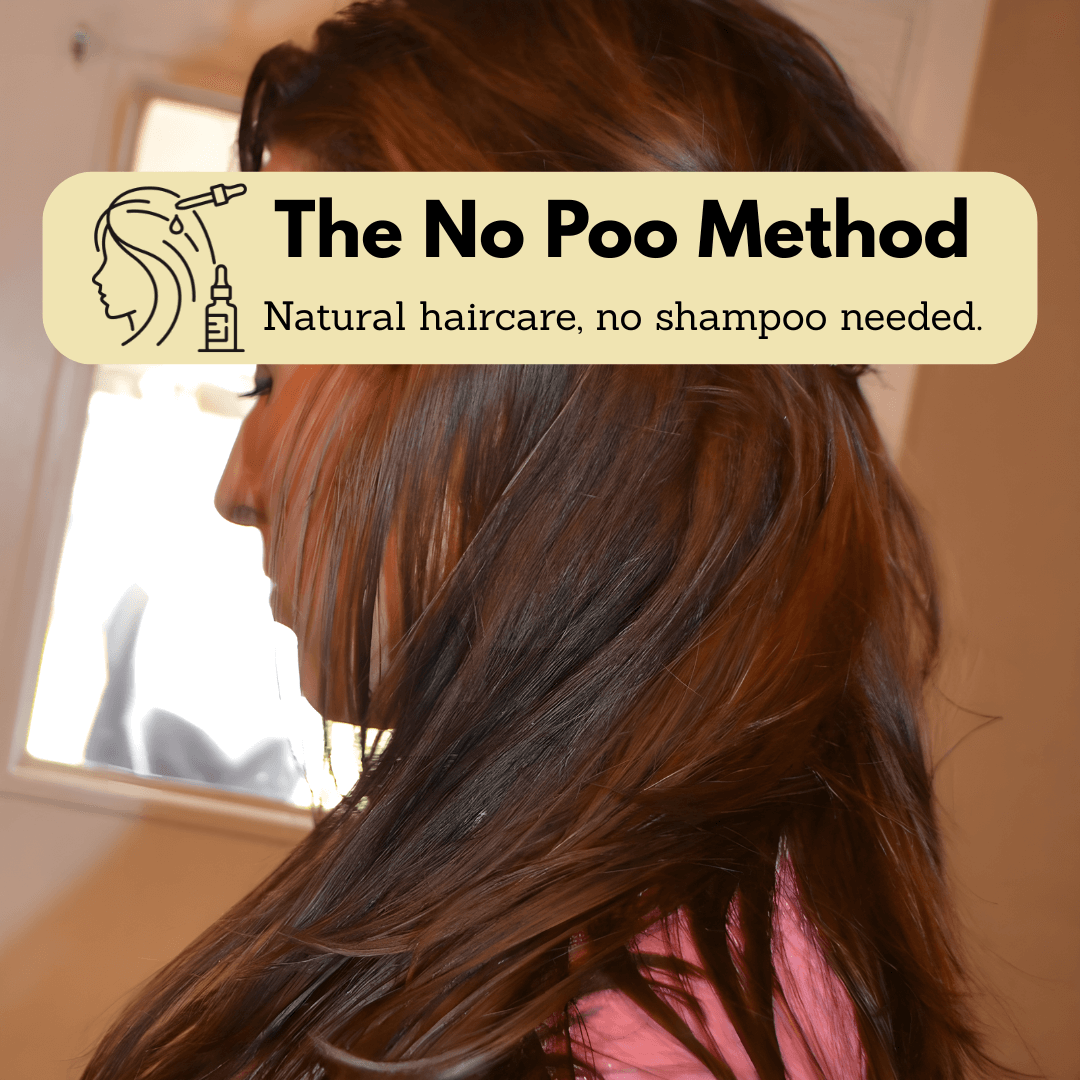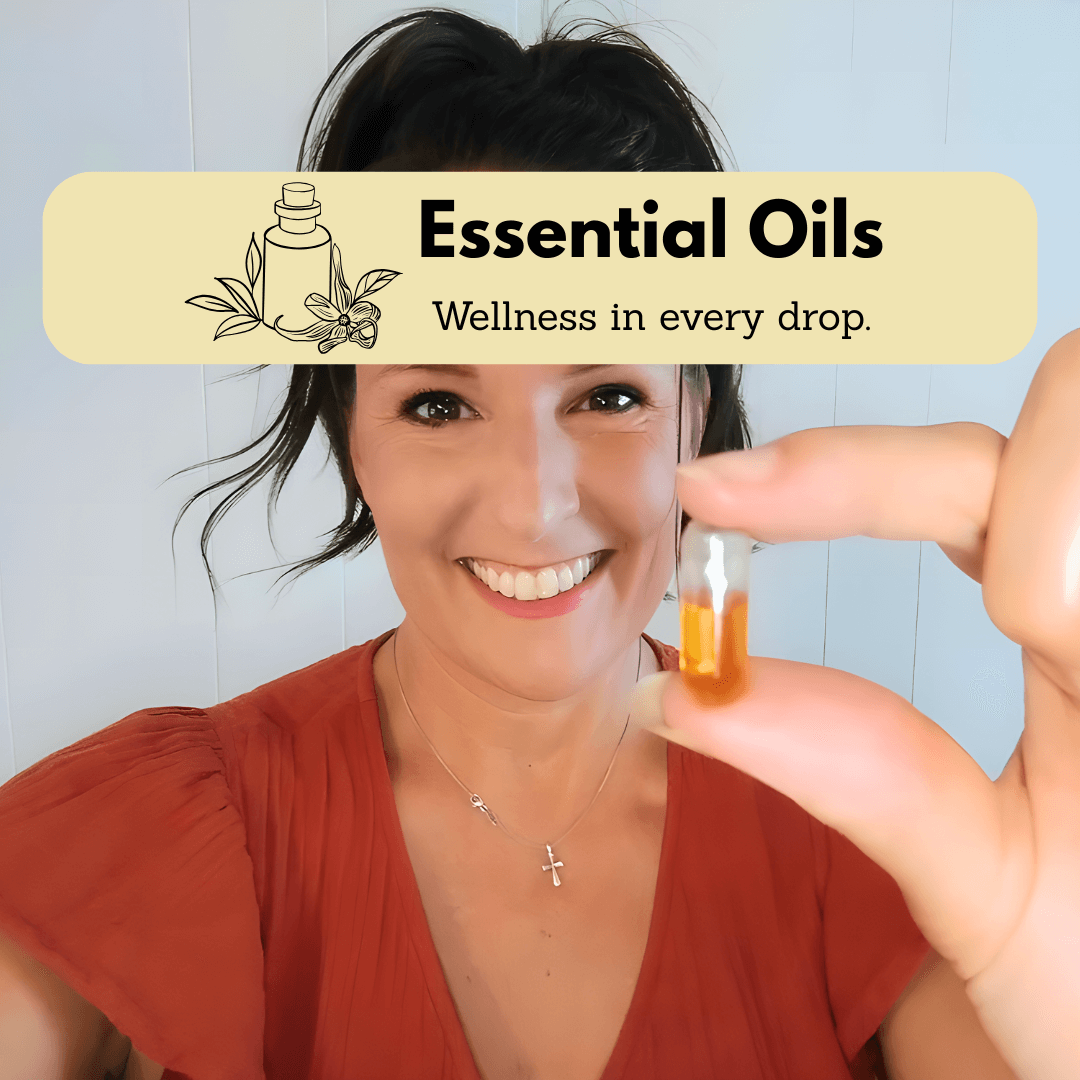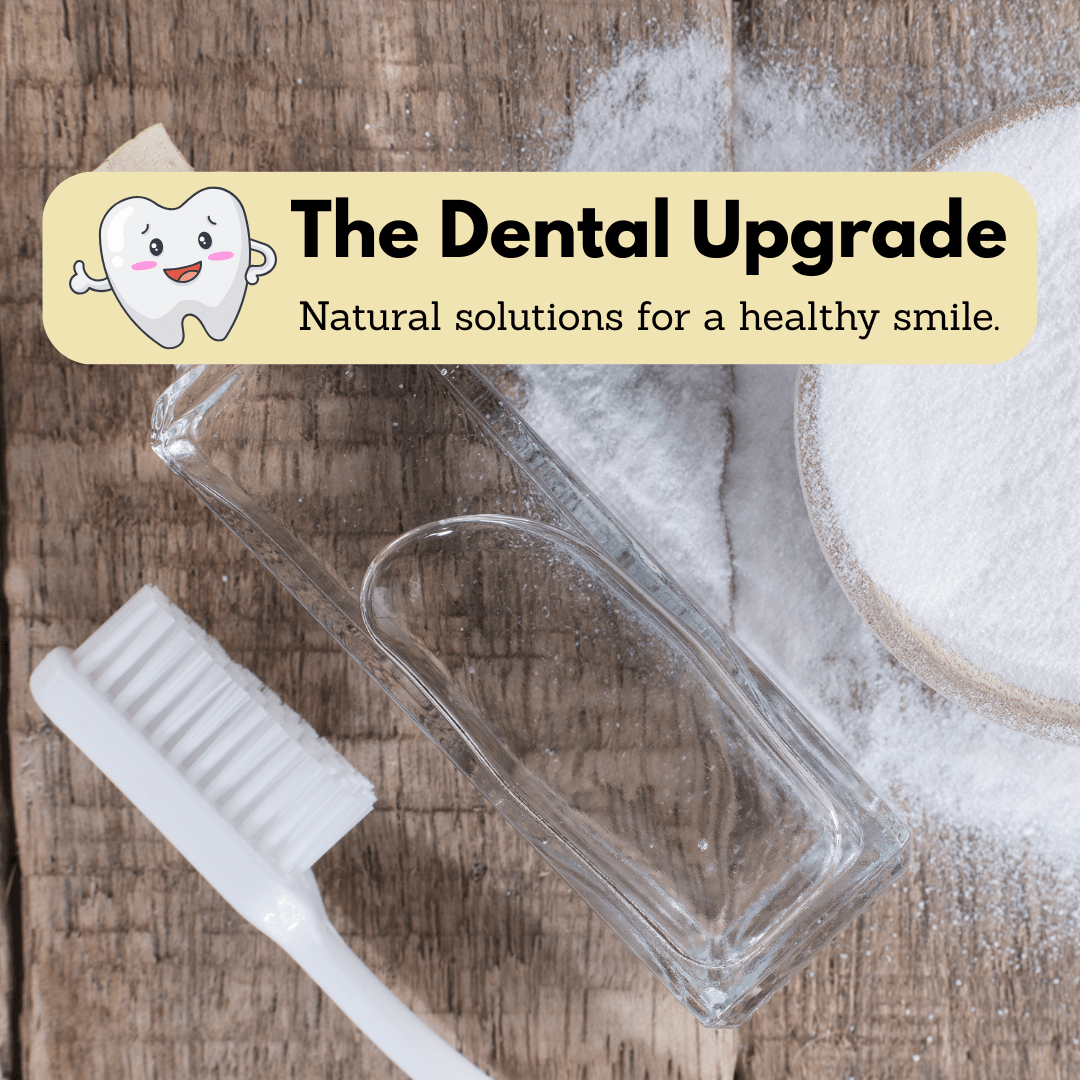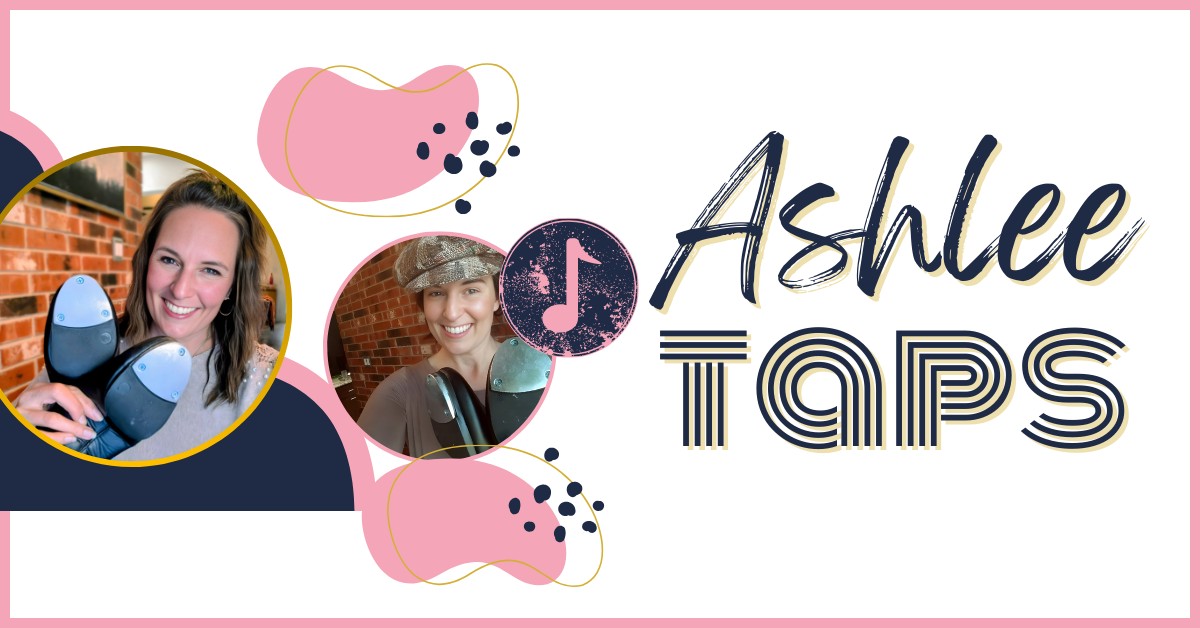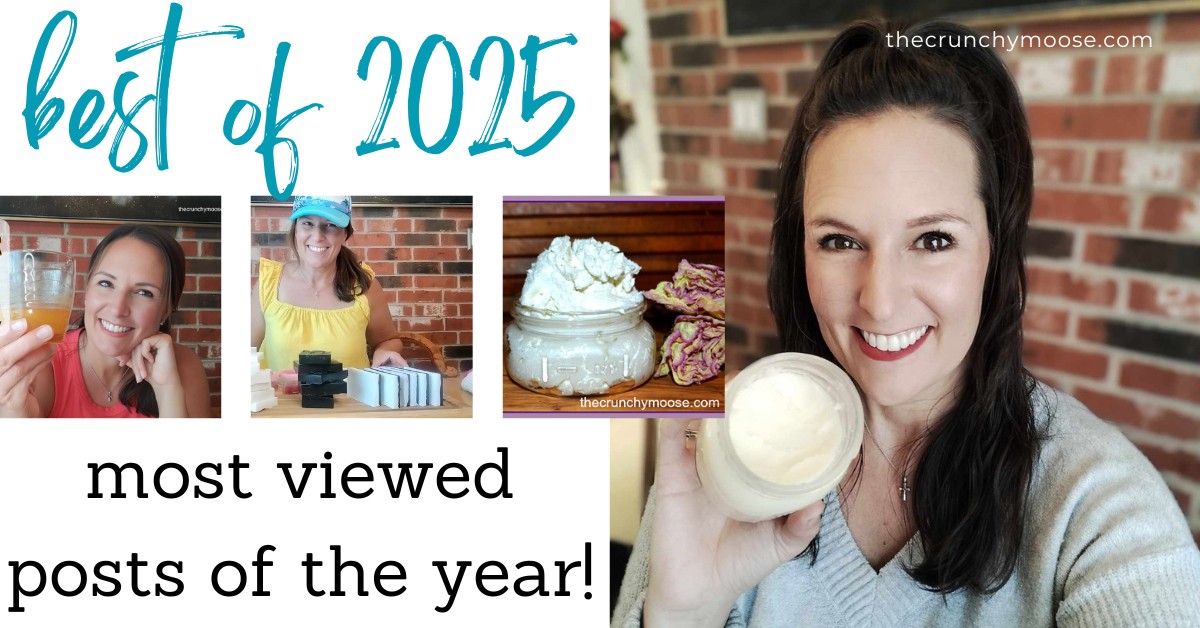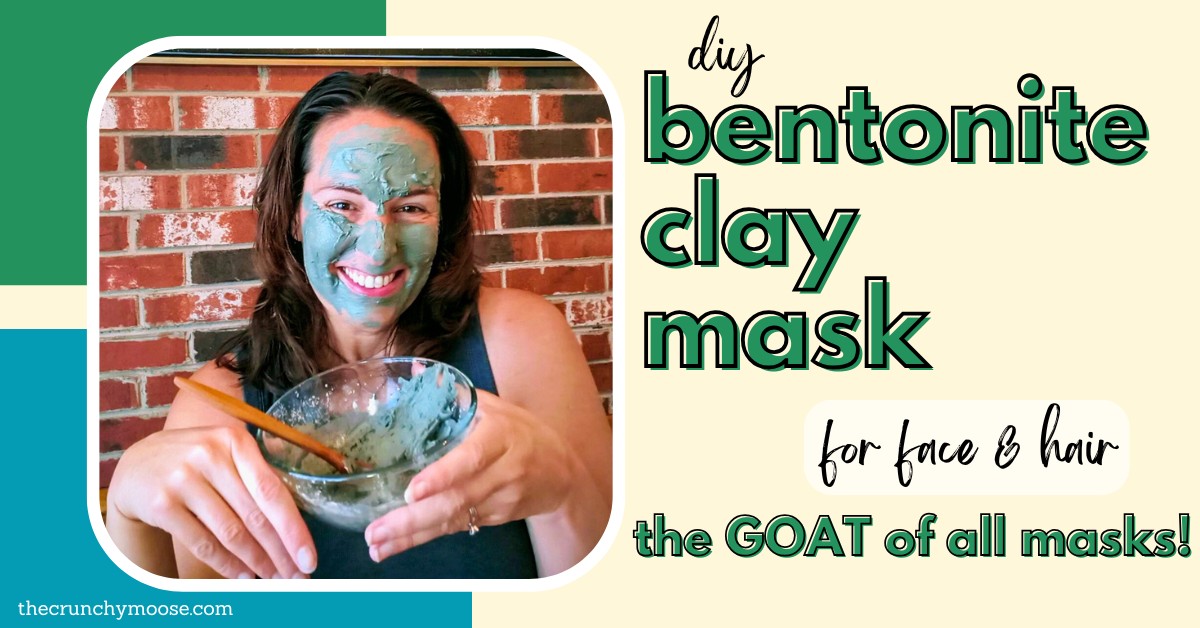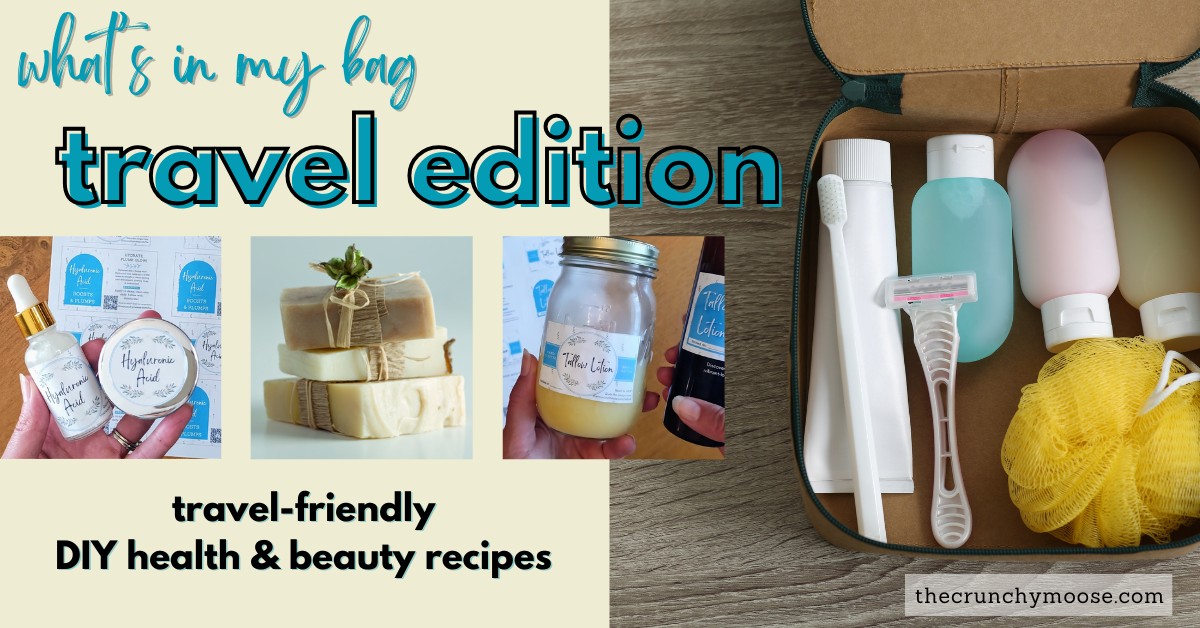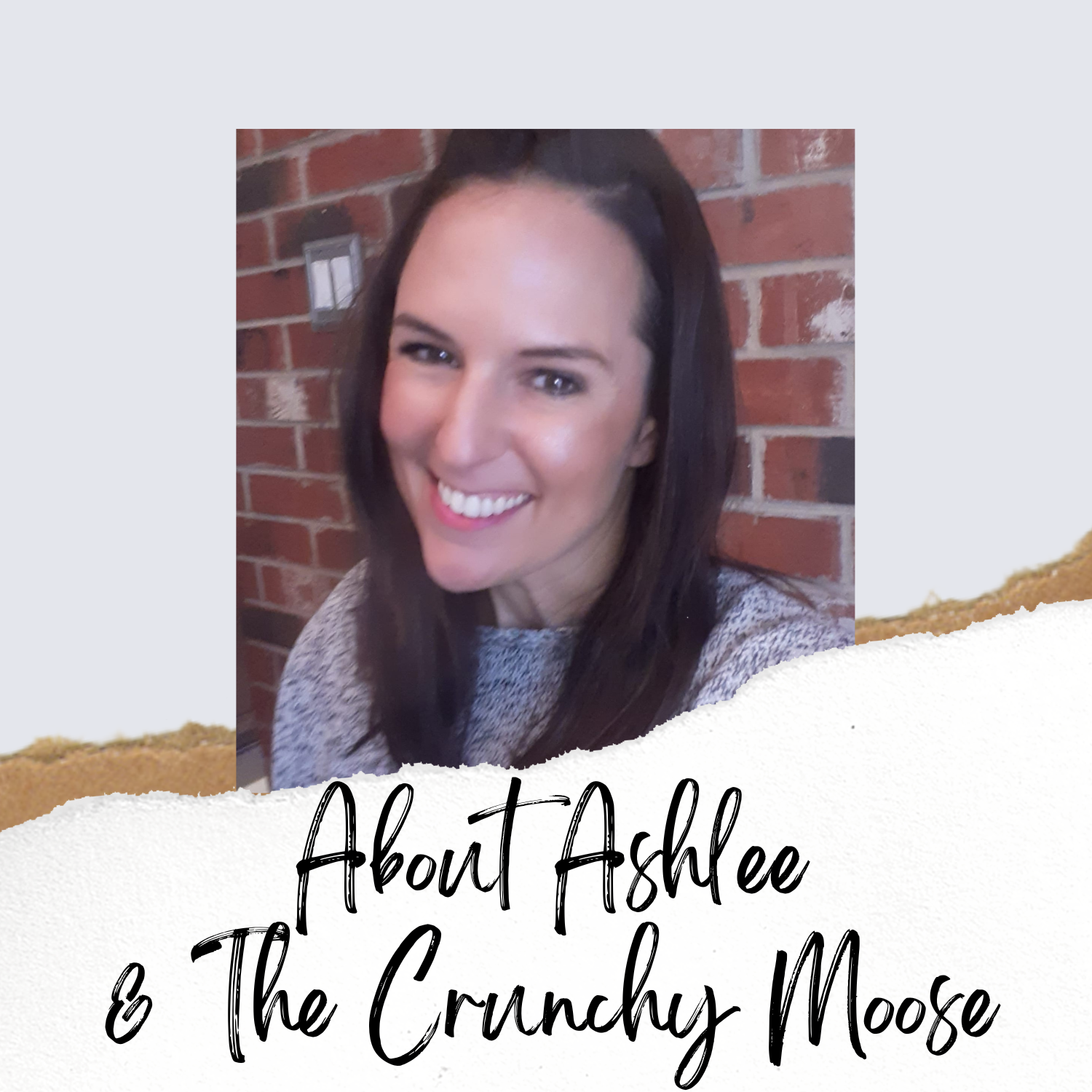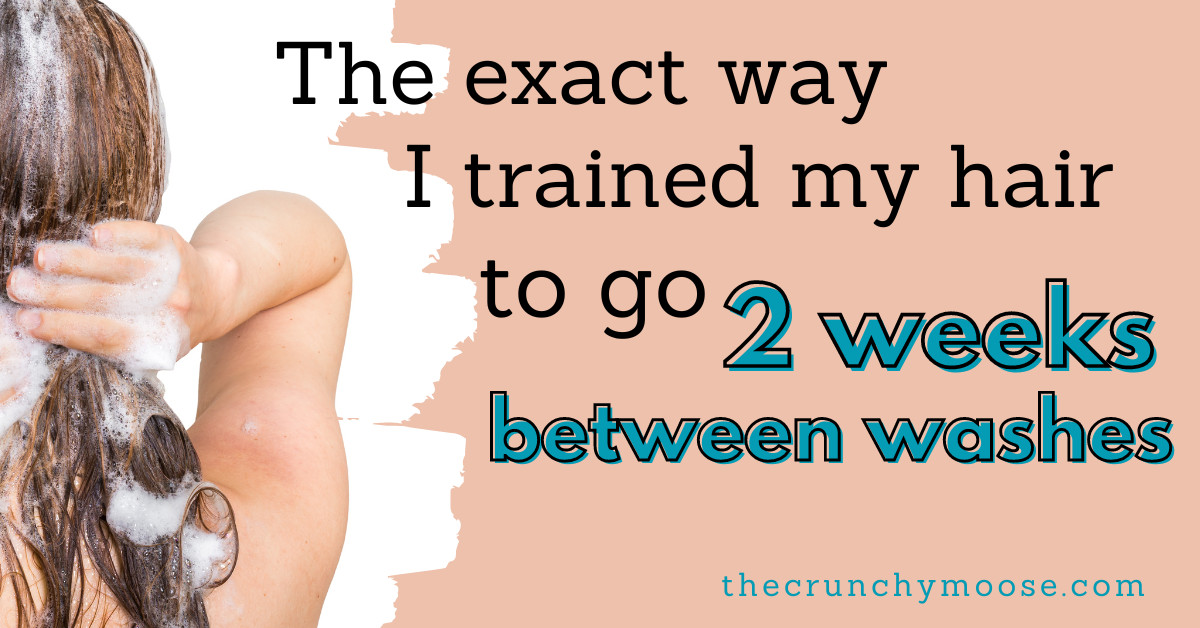
Are you tired of the never-ending cycle of washing, drying, and styling your hair every day? Imagine having more time, healthier locks, and natural, lustrous shine—all by simply extending the time between hair washes. Keep reading to learn how I have trained my hair to go 2-3 weeks between washes!
Why You Should Wash Your Hair Less Often
Unpopular opinion: washing your hair less frequently can actually result in cleaner, healthier-looking locks! Here's why:
Preserve Natural Oils:
- Shampoo strips your hair of its natural oils. These oils, called sebum, act as a protective barrier, nourishing and moisturizing your hair. Your hair needs these oils in order to be healthy and moisturized.
Enhance Hair Strength:
- Washing, drying, and heat styling is stressful to your hair. The less often you do those things, the stronger your hair will be with less breakage and split ends.
Stimulate Growth:
- Shampoos interfere with your natural pH balance. When you extend the time between washing, your scalp is able to maintain healthy pH levels, promoting a healthier environment for hair follicles which encourages hair growth.
Save Time and Money:
- Less washing & products = less money.
- Less drying & styling = less time.
How to Train Your Hair to Go Longer Between Washes
I use the no poo method. "No poo" means not using shampoo. Yes, I wash my hair. No, I don't stink. No, I'm not greasy.
Natural, nourishing, healthy ingredients are what make natural, nourished, healthy hair.
The idea that your hair needs chemicals to be healthy is crazy! And frankly, the commercial shampoo marketers are genius to convince us of that. Learn more about the no poo method here.
One of the main reasons I wanted to go no poo is because I wanted to wash my hair less often. Yep, a big motivator for me to go no poo is because I'm lazy and was tired of washing, drying, and styling my hair. By using these tips, I've been able to go 2-3 weeks between washing my hair.
And my hair is happier than ever! Easy to style, healthy, and grows quickly.
Notes Before You Start:
- Not interested in going full on no poo?? Don't worry! You can still use these tips to train your hair to go longer between washes and still use shampoo. I'm an equal opportunity washer! Take your natural hair care routine as far as you wanna go.
- Also, don't let this list intimidate you! It may seem like a lot but most of these tips are small tweaks you can make in your hair care routine that will make a huge difference! Like switching to a boar bristle brush, clarifying your hair once every couple months, and using a silk or satin pillowcase. These small updates will make a big difference!
Tip #1: Clarify Your Hair
- Ever wash your hair and it just doesn't feel clean? Does it feel greasy & waxy? Is it weighed down even though you haven't used products yet? Friend, you might be suffering from wax buildup.
- The 1st step to train your hair is to get rid of the wax buildup. This is called clarifying your hair.
- NOTE: If you have hard water, your hair will be more prone to waxy buildup because of the high content of minerals in your water. You might consider getting a water softening system for your shower.
- How to clarify your hair:
- You can get a clarifying shampoo to clarify.
- Because I'm a DIY queen, I make a clarifying mask.
- My favorite clarifying mask is applesauce. Simply get some applesauce, put it on your hair, rinse out after about 20 minutes. My hair is softer and has so much volume after an applesauce mask.
- Other DIY clarifying options are an egg wash, acid rinse like apple cider vinegar, or clay mask (I prefer bentonite clay).
- Learn how to make a clarifying wash here.
- Clarifying shouldn't be done more than once a month and how often will vary depending on the products your use and water quality.
Tip #2: Scritch & Preen Your Hair with a Boar Bristle Brush
- When I started scritching and preening with a boar bristle brush, my hair needs changed drastically! This alone allowed me to add a couple days between washes.
- Scritching means massaging your scalp to encourage sebum / oil production.
- Preening means dragging the sebum down the shaft of your hair to naturally moisturize.
- You can preen / drag the sebum down your hair with your fingers.
- I prefer to use a boar bristle brush.
- For fine hair, a pure bristle brush is better.
- For thick / coarse hair, a nylon mix is better.
- The process takes 5-20 minutes (depending on how much hair you have)and can be done as often as your hair needs it, typically 2-4 times per week.
- Shampooing strips your hair of sebum. Your scalp then compensates by over-producing sebum.
- Scritching and preening & washing your hair less often allows your scalp to return to a healthier sebum production cycle.
- By distributing your natural oils from your scalp down your hair, your hair will feel less greasy because you don't have a puddle on your scalp. Your hair will soak up the oil and be naturally moisturized -- best conditioner ever!
- Learn more about scritching and preening here.
Tip #3: Dry Shampoo
- Dry shampoo is a powder that absorbs the oils from your hair & scalp and adds texture giving limp hair more volume. And as an added bonus, it's super easy & inexpensive to make.
- NOTE: Dry shampoo absorbs sebum. If you use it too often, your scalp will respond by over-producing sebum and you're back to the greasy hair cycle you're trying to get out of. It's best not to use dry shampoo more that once or twice between washes.
- I make dry shampoo with arrowroot and cocoa power. Get the recipe here and learn how to tint it for your hair color.
Tip #4: Use a Silk or Satin Pillowcase
- Silk and satin pillowcases are smooth which reduces friction as you move at night. The result is less breakage, split ends, static, frizz, and tangles.This results in hair that is easier to manage and style.
- Silk and satin pillowcases are less absorbent than cotton. Cotton soaks up your hairs natural moisture and moisturizing products you put on your hair. Silk & satin pillowcases allow your hair's moisture to remain intact, hydrated, and soft.
- The less you have to mess with your hair, use heat styling tools, and use products, the less often you have to wash your hair!
- Learn more about silk and satin pillowcases here.
Tip #5: Avoid Putting Products on Your Roots
- When you put products on your roots, you weigh your hair down and it interferes with your sebum production.
- Avoid putting products (DIY products you make or commercial products you buy) directly on your scalp. Focus application on your hair shaft.
- Exclusions:
- Product specifically for scalp health will need to be applied to your scalp.
- Dry shampoo is applied on your scalp.
- Exclusions:
Ready to Get Started with The No Poo Method? Get Your Complete Starter Guide!
Since I have used the no poo method, my hair has been healthier, shinier, more manageable, and grows much faster. I'm wishing you all healthy, happy hair! I share all the secrets and exactly how I went 4 years without shampoo for the best hair ever in The No Poo Method ebook. Grab your book here.
Tip #6: Know Your Hair Type
- Hair porosity refers to how well your hair can absorb and retain moisture. How porous your hair will inform you on how to moisturize and condition your hair.
- Different porosity levels respond to conditioning and moisturizing differently. Using the wrong methods for your hair type will make it difficult to extend the time between washes.
- Testing to learn your hair porosity level is a step you don't want to skip! I have 3 easy testing methods here and a printable guide on how to care for your hair type.
Tip #7: pH Balanced Hair Care
- The goal is to get as close to your hair’s natural pH level as possible (which is about 5). So if you use a basic wash, you need to balance with an acid rinse.
- If your hair products are too basic or acidic, you could (and probably will) end up with damaged, dry, brittle, porous hair. Which will cause your scalp to over-produce sebum. Which will cause oily hair and you'll want to wash it more often.
- This is more applicable and needs to be taken into consideration for DIY hair styling products, shampoos, and masks.
- Learn more about pH balanced hair care here.
Tip #8: Avoid Sulfates, Silicones, & Parabens
- Sulfates, silicones, and parabens are harsh on your hair and are found in many commercial hair products.
- Shampoos without sulfates, silicones, and parabens are known as "low poo" meaning they aren't no poo because they are still a shampoo, but they don't have many of the harsh and harmful ingredients no poo-ers want to avoid.
- My favorite low poo brands are Shea Moisture and Young Living.
- You might have a transition phase if you switch to a low poo shampoo. Transition refers to the time it takes for your hair and scalp to detox the chemicals it has been exposed to. If you have been using commercial shampoo your entire life (and most of us have), your hair probably has a lot of buildup and toxins. It took a lifetime for you to accumulate it; it will take some time to get rid of it. But once your hair transitions to low poo, your hair will be more manageable, more balance, and can go longer between washes. Get tips to transition smoothly here.
Tip #9: Get Creative with Hairstyles, Headbands, & Hats
- You want to gradually increase the time between washes. You won't be able to go from daily washes to weekly washes overnight. Use all the tips here to train your hair.
- As you are training your hair to go longer between washes, you're going to have some greasy days. Have fun with braids, messy buns, headbands, and hats.
FAQ
- Can I still blow dry and style my hair when I wash it less?
- Yep! In fact, the less I wash my hair, the longer a style lasts for me. So I can curl it once and it'll last for several days. And a good blow out can keep my hair smooth and frizz free for close to a week.
- Also, use a sweat band and keep your hair pulled back.
- What about sweat and swimming?
- Sweat is water soluble. Some find that a water only rinse is all they need.
- Chlorine and salt water do need to be washed out of your hair. If you swim often, you can wear a swim cap. And also wetting your hair before your swim will reduce the amount of salt or chlorine water your hair can absorb.
- What about hair color?
- Washing your hair less often actually preserves your hair color longer!
Pin this article to save it for later!
Also check out:
 |  | 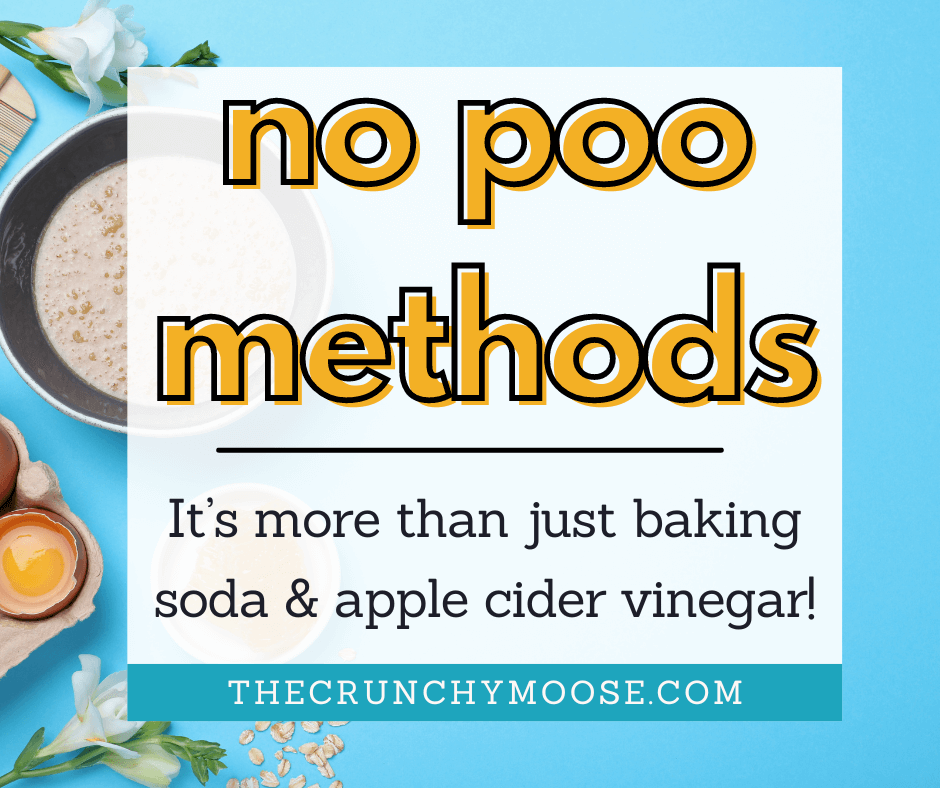 |
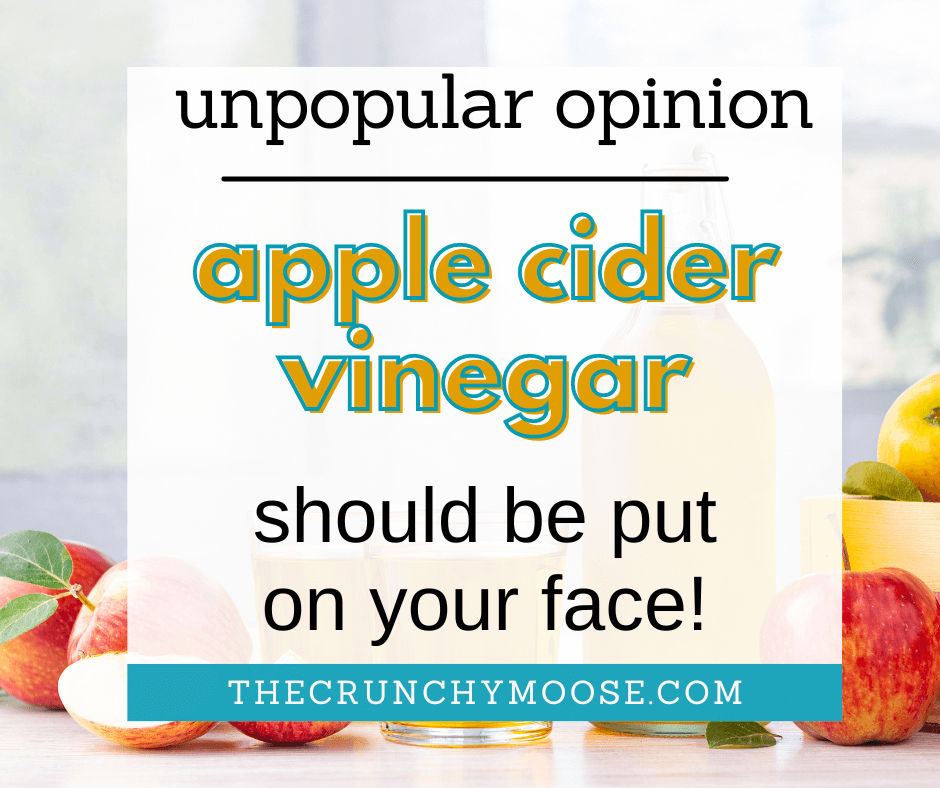 | 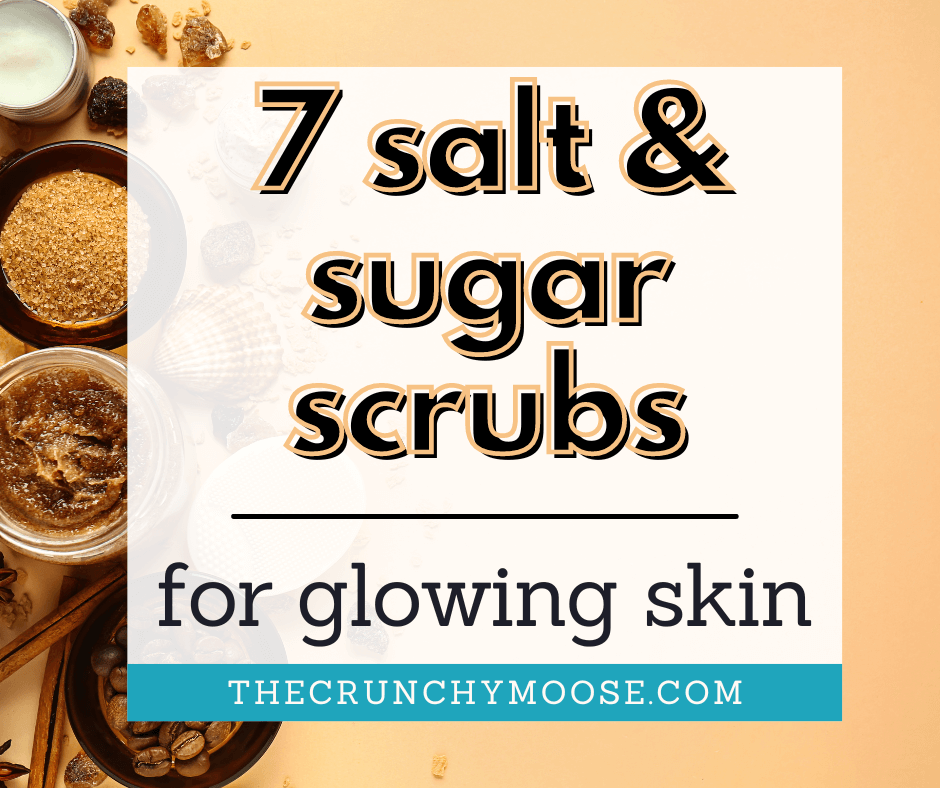 | 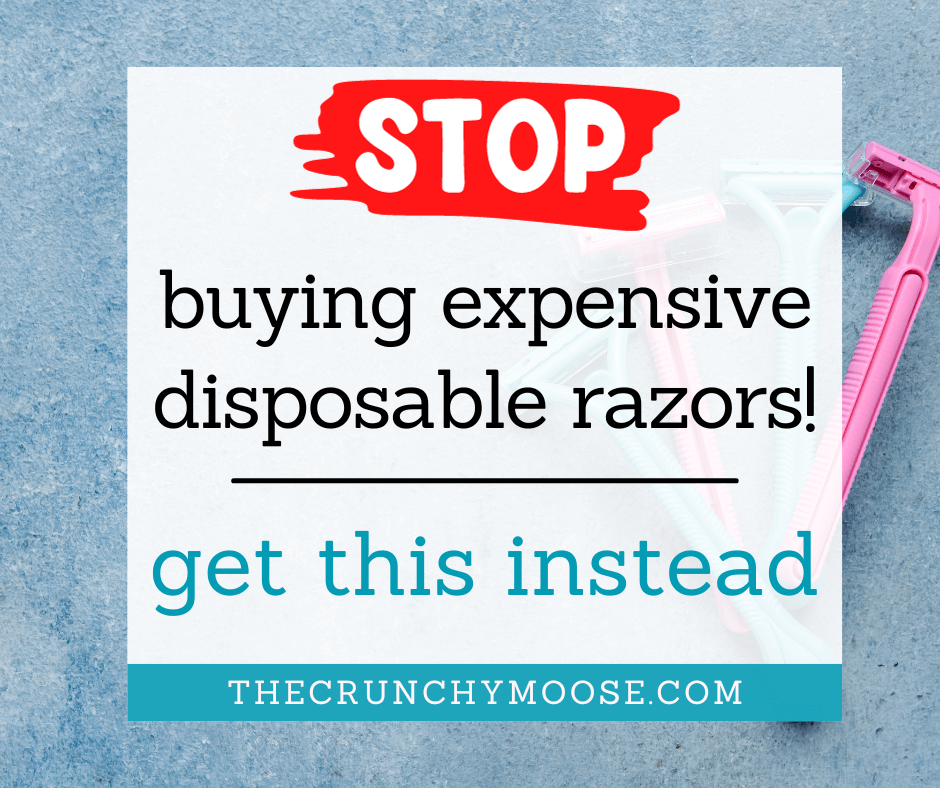 |
